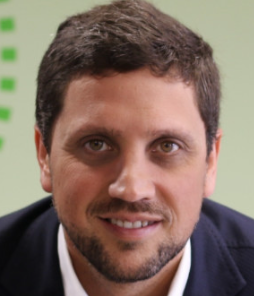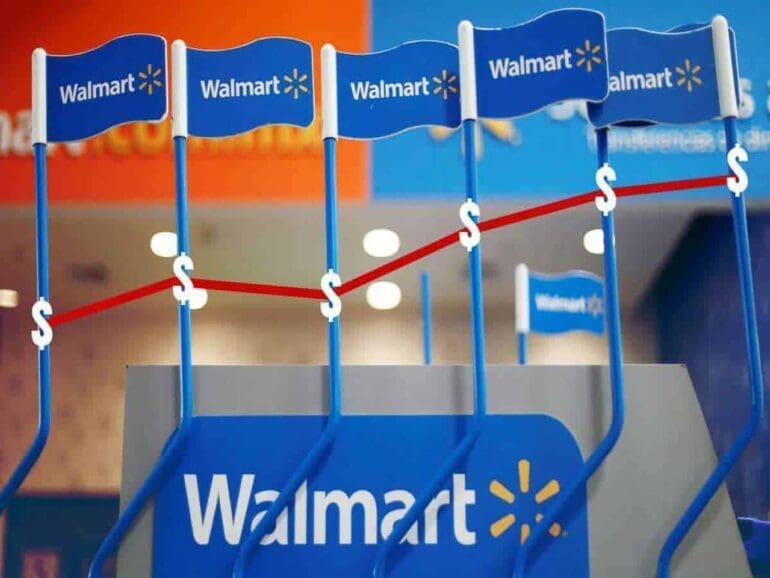Walmart Mexico, one of the largest publicly traded companies in the country, has recently unveiled a new fintech strategy that is bound to make waves in the North American economy.
Earlier this year, it scooped Trafalgar, a small fintech company. But with the acquisition came a coveted license, allowing the U.S. retailer to push Cashi, its own fintech initiative, to new boundaries in Mexico. The $70 billion retailer is now nearing the launch of its fintech in “the next months,” Marcelino Herrera Vegas, Chief Financial Services Officer at Walmart Mexico and Central America, told Fintech Nexus in an exclusive interview.
Cashi, which reported 5.4 million customers last year, is currently limited to purchases within Walmart’s different businesses. But now the firm is clearing the way for its customers to transact outside the retailer’s ecosystem too.
“We realized that closed loop just wasn’t enough,” said Herrera Vegas. Today, the Cashi account allows customers to pay at the store or seek credit – provided by a third party – to acquire large-ticket items at Walmart, such as home appliances.
Mexico is Latin America’s second-largest market, with a 130 million population and a $1.3 trillion GDP. It is also one of the economies with the worst financial inclusion metrics. Just 54 million have access to financial services, according to the company.
The move from Walmart is the latest illustration of how non-financial companies are blazing a trail into Mexico’s promising digital banking business. A solid fintech arm reinforces its core business while it also yields an opportunity to fish outside the tank.
The executive was formerly a digital bank director at Scotiabank in Mexico while previously a country manager for Mercado Libre in Colombia. The following conversation has been edited for length and clarity.
What was the reasoning behind Walmart’s decision to grow into fintech?
We realized that the closed-loop service was not enough. Our clients are highly excluded from traditional credit products and often resort to non-traditional products that are not ideal. With a closed product, the result is they continue to be underbanked. We needed a flexible product so they could make all kinds of transactions and receive remittances. We can also begin to know our customers more regarding consumption habits so we can give them credit in the future.

What are Cashi’s next steps?
In the next few months, we will launch the open-loop version of our Cashi account. It will allow customers to receive up to 24,000 Mexican pesos monthly, or close to $1,400. This will make it far easier for us to increase the number of clients. We will also launch an e-debit card and the option of a physical Mastercard with which our clients can shop anywhere and make ATM withdrawals.
The digital wallet market has become very competitive in Mexico. How do you plan to differentiate yourself from similar proposals?
Many fintechs have been approved recently, and others will continue to emerge. Everyone will try to capture that underbanked customer, although I don’t think they will all succeed. In digital and e-commerce, there is always talk about the disadvantage of brick-and-mortar. In the case of Walmart, it is the opposite: We have five million customers daily at our cash registers—every day. Along with a product with a good user experience, I believe that is where we can differentiate ourselves.
What is Cashi’s approach to credit?
We simplify the application process through our platform but always work with a partner. The license does not allow us to provide it directly, and it is also not within our appetite to do so now. We work with Aplazo, a fintech, but we seek a large bank partnership. We sell around $40 billion annually in Mexico and about $10 billion in general merchandise such as appliances, clothing, or tableware. If we wanted to increase that by 50%, we would have to lend $5 billion, and no small or medium-sized fintech is in a position to provide that.
What is Cashi’s profitability strategy?
Today, it is not a priority to make Cashi profitable on its own. What I do want is for financial services to be at least sustainable and for the benefit to come from the incremental sales we make within the core business (the store). To achieve customer principality, eventually, we will have to go out and seek payroll accounts. At some point, we will get there.


